Trees I'll be growing from seed.
User
5 years ago
Featured Answer
Sort by:Oldest
Comments (77)
User
4 years agoUser
4 years agoRelated Discussions
Got some popcorn seeds growing. Think I'll get any corn?
Comments (2)Yes you will get corn, but it will be popping corn not eating corn (has to do with protien in the endosperm, I can look up the techinal info if you'd like later). So long as you want to grow popcorn (or as birdfeed corn) and not corn-on-the cob corn it'll work out fine. I let them grow to about 8 inches long, then pick them for the bunnies as fresh greens....See MoreI know U. R. growing kumquat trees from seed. Pics n story plz
Comments (29)Meiwa to Poncirus several 4 grafts to be made. At the end of the year the grafts will either be successful, or the kumquats will take off on their own roots, or the trees will face winter UNPROTECTED OUTSIDE. I am going to go with the Meyer lemons I received as gifts. They are looking very nice now. Steve...See Moreyour first potted citrus tree up north Grow it from seed
Comments (21)Now that I have learned to grow citrus with no problems I have 3 Poncirus trifoliata of grafting size and 4 sweetlee tangerine trees of vigor that will be graft-able next spring. That's 7 root-stocks that I can graft my twigs from the grafted tree I can purchase. My purchased tree will grow faster by waiting a year and will out grow anything I bought a year earlier. My decision is to not buy a grafted tree and to grow what I have. If it fruits, great If they don't. Well we'll see My from seed Nagami kumquat for grafting to poncirus trifoliata Seed grown Meiwa kumquat tree. The tree fruit I am interested in. To be grafted on to the poncirus trifoliata moots through the Nagami inter-stock. May also go directly to my sweetlee tangerine tree root-stock, Seed grown sweetlee tangerine tree for root-stock #1 Seed grown sweetlee tangerine tree for root-stock #2 Seed grown sweetlee tangerine tree for root-stock #3 Seed grown sweetlee tangerine tree for root-stock #4 Seed grown poncirus trifoliata to be grafted on Is posted above . Its in a blue 55 gallon half drum. This completes what I have done and what I have. If I think of anything I'll add on to this thread Steve This post was edited by poncirusguy on Tue, Nov 5, 13 at 18:29...See MoreGrow Persimmon Tree From Seed
Comments (8)Thank you everyone for the feedback. If I use the refrigerator method where do I place the seeded pots when ready in December/January? I'll collect seeds in September and cold stratify for 3 months. Seed into pots and put by a window until spring? That's where I'm stuck. I plan on potting 200 seeded pots since I know not all will germinate and male trees will not produce fruit. (Will try to graft male trees later with female scions) I'm not concerned about the seedlings being cold hardy because I'm literally taking seeds from a tree in my backyard....See MoreUser
4 years agoUser
4 years agoUser
4 years agolast modified: 4 years agoUser
4 years agoUser
4 years agoUser
4 years agosteve duggins(Z6a) - Central Ohio
4 years agolast modified: 4 years agoUser thanked steve duggins(Z6a) - Central OhioUser
4 years agoUser
4 years agolast modified: 4 years agoUser
3 years agoUser
3 years agolast modified: 3 years agoUser
3 years agoUser
3 years agoUser
3 years agolast modified: 3 years agoUser
3 years agoUser
3 years agoUser
3 years agolast modified: 3 years agoUser
3 years agolast modified: 3 years agoUser
3 years agoUser
3 years agoUser
3 years agoUser
3 years agoUser
3 years agolast modified: 3 years agoBillMN-z-2-3-4
last yearlast modified: last yearBillMN-z-2-3-4
last yearbengz6westmd
last yearlast modified: last yearBillMN-z-2-3-4
last yearBillMN-z-2-3-4
8 months agolast modified: 8 months agobengz6westmd
8 months agoBillMN-z-2-3-4
8 months agofloral_uk z.8/9 SW UK
8 months agoBillMN-z-2-3-4
8 months agoannztoo
8 months agoBillMN-z-2-3-4
7 months agobengz6westmd
7 months agoBillMN-z-2-3-4
7 months agobengz6westmd
7 months agolast modified: 7 months agoBillMN-z-2-3-4
7 months agobengz6westmd
7 months agolast modified: 7 months agoBillMN-z-2-3-4
7 months agoBillMN-z-2-3-4
5 months agolast modified: 5 months agoBillMN-z-2-3-4
last monthBillMN-z-2-3-4
14 days ago
Related Stories

CONTAINER GARDENS8 Easy Container Plants to Grow From Seed
Get beautiful blooms and herbs in summer by starting these choice garden picks from seed in spring
Full Story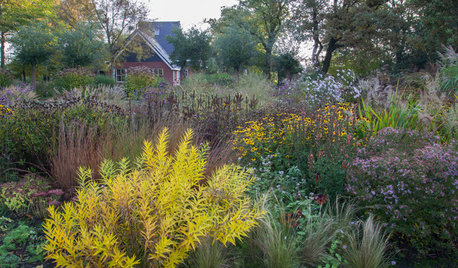
NATIVE PLANTSHow to Grow a Garden From Seed
Planting grasses and flowers from seed is economical, minimizes garden maintenance and benefits local wildlife
Full Story
FUN HOUZZEverything I Need to Know About Decorating I Learned from Downton Abbey
Mind your manors with these 10 decorating tips from the PBS series, returning on January 5
Full Story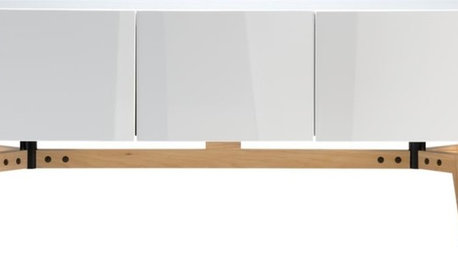
PRODUCT PICKSGuest Picks: Light Wood Accents That'll Grow on You
Ditch the darkness with modern accessories and furniture in ash, birch and light oak
Full Story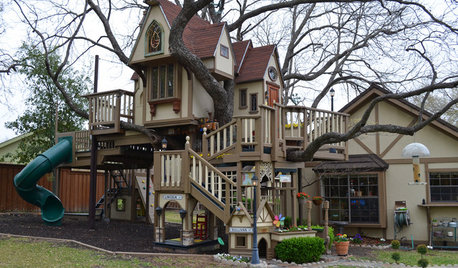
MOST POPULARThe Most Incredible Kids' Tree House You'll Ever See?
Duck your head to enter this unforgettable Dallas wonderwork, lovingly crafted with imaginative delights
Full Story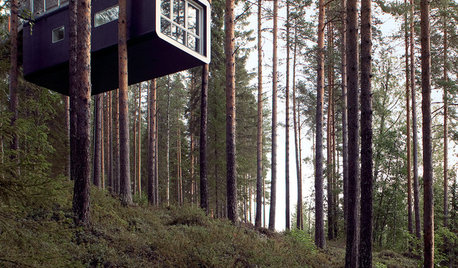
TREE HOUSESAmazing Tree Houses From All Over the World
Not your average backyard DIYs, many high-design homes in the trees alight in a photo-filled new book
Full Story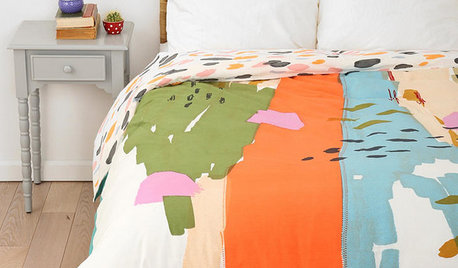
PRODUCT PICKSGuest Picks: Beautiful Bedroom Pieces That'll Grow With Your Girl
Leave tiaras and wands to the dress-up bin. These versatile girls' bedroom pieces will magically transition as she ages
Full Story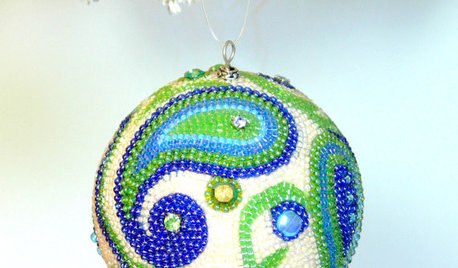
PRODUCT PICKSGuest Picks: I'll Have a Blue Christmas
With 20 decorations in shades of aqua, teal and turquoise, the holiday will be anything but glum
Full Story
GARDENING GUIDESGrow Your Own Privacy: How to Screen With Plants and Trees
Use living walls to lower your home and garden's exposure while boosting natural beauty in your landscape
Full Story
GARDENING GUIDES8 Plants That Snobs Love to Hate — and You'll Love to Grow
Don't dismiss these common annuals, perennials and shrubs — there are reasons they've been popular for so long
Full StorySponsored
Central Ohio's Trusted Home Remodeler Specializing in Kitchens & Baths





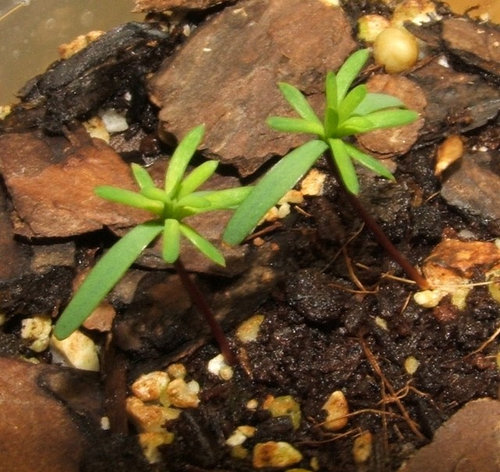



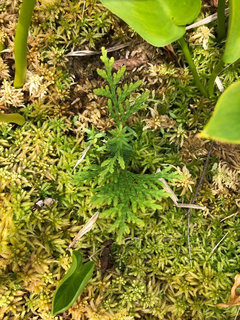

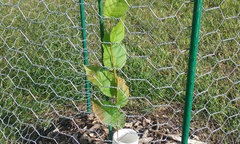
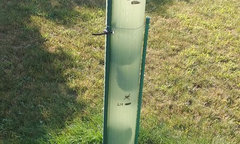
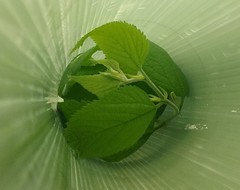
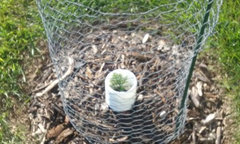





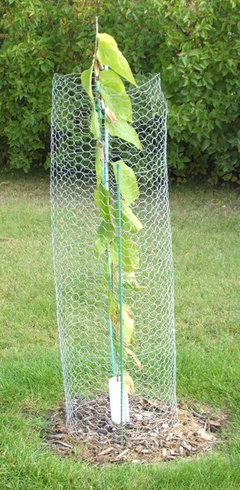

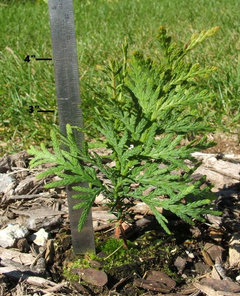


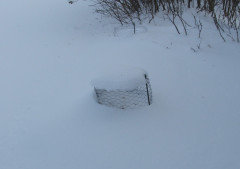
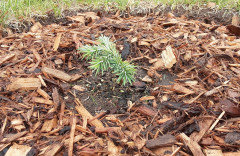
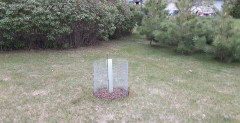








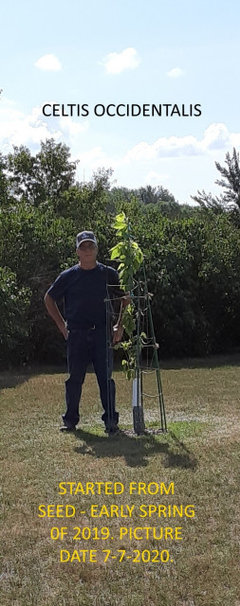



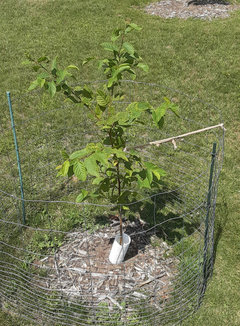

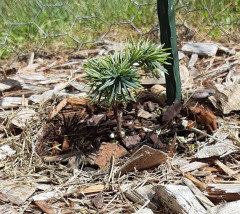






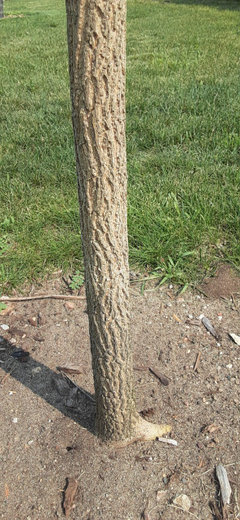


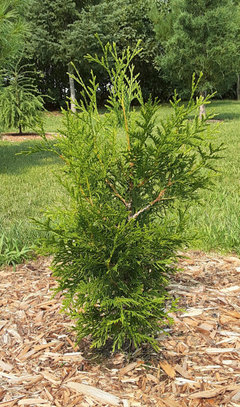


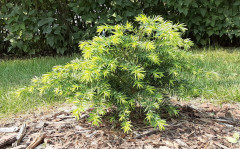




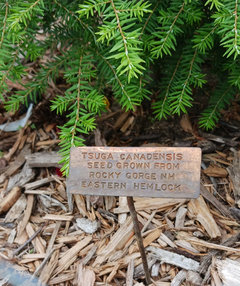

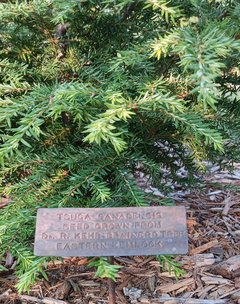

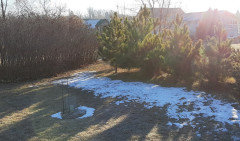


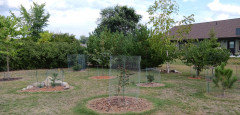

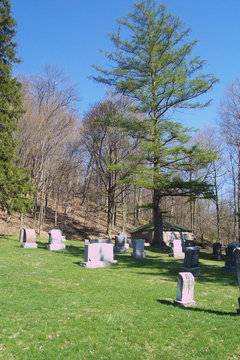

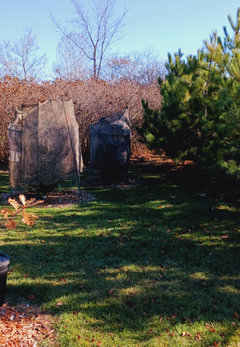


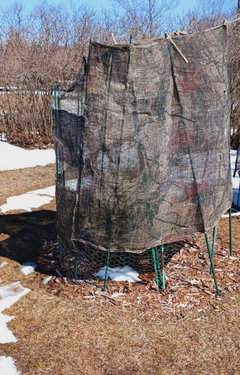

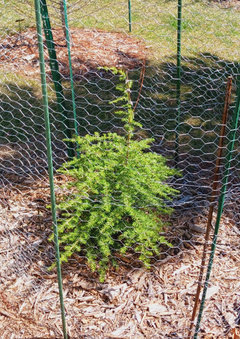

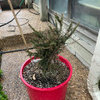


bjb817